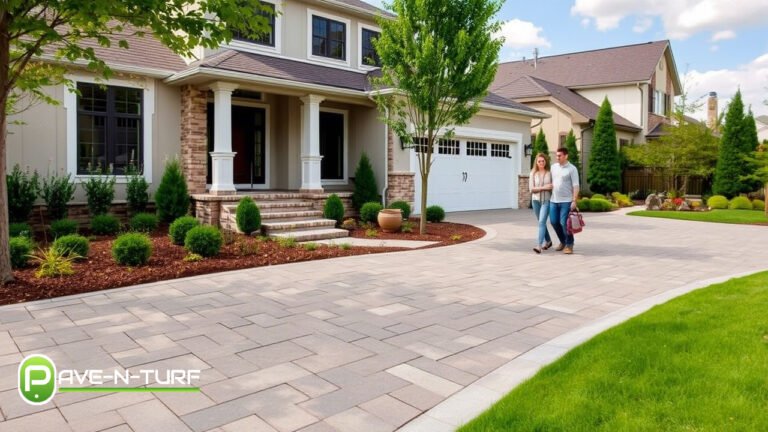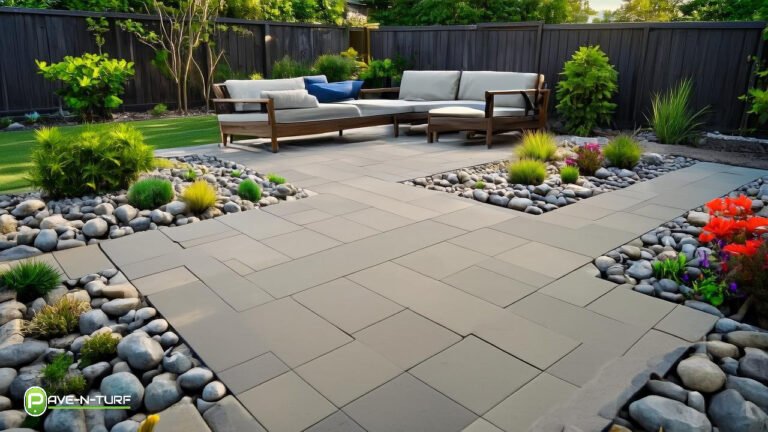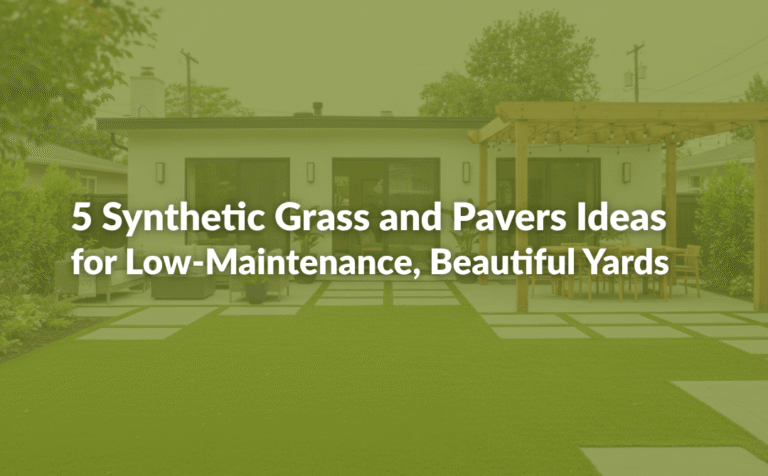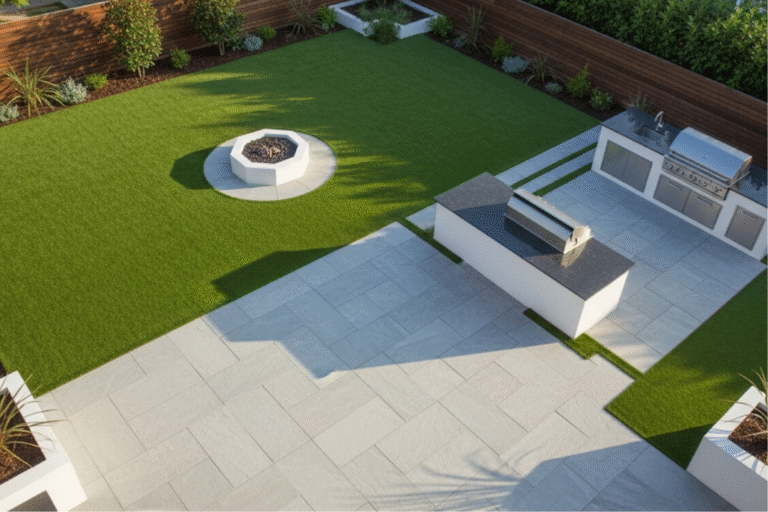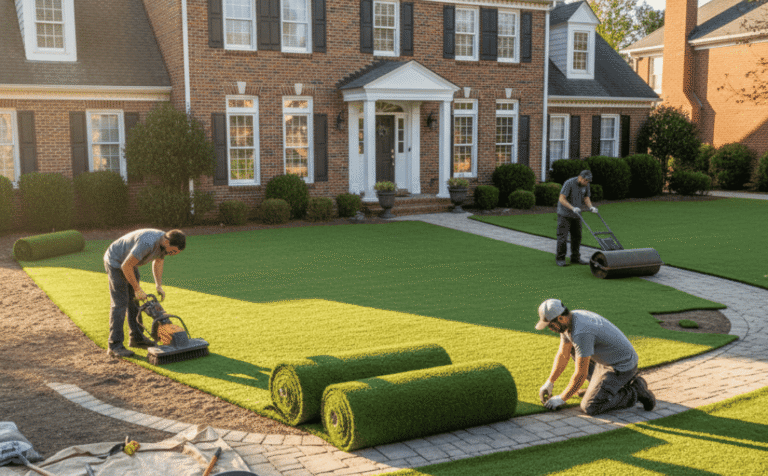How to Level Backyard the Right Way: Experts Guide and Best in Texas
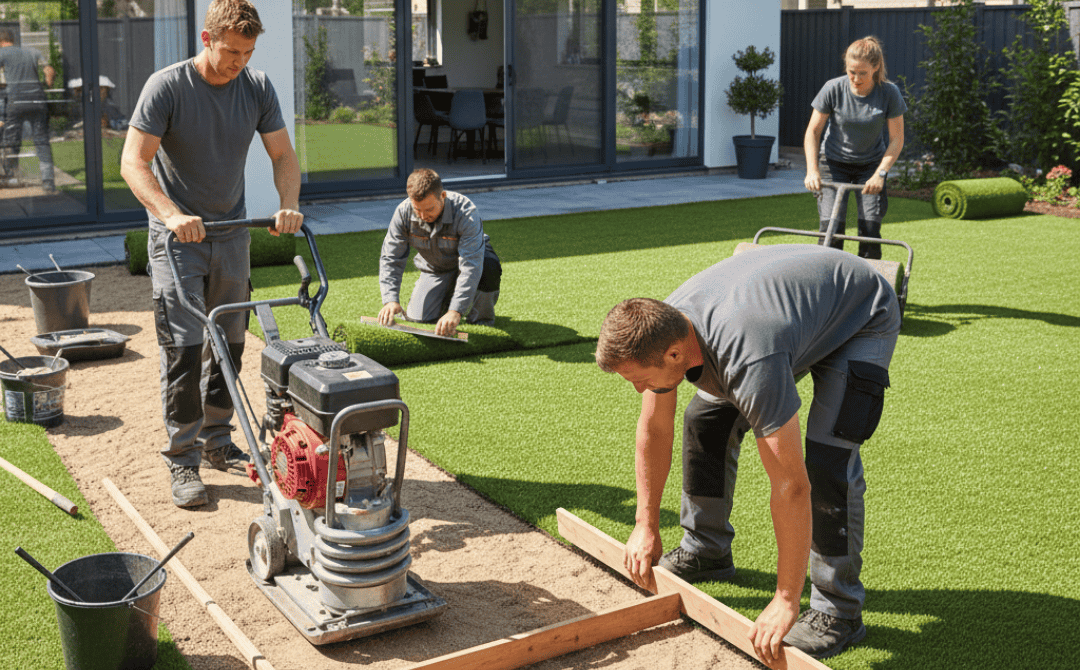
Having a backyard that is bumpy, uneven, and full of dips can be really frustrating. Many homeowners in Texas and across the U.S. are dealing with this issue. A backyard should be a place where families relax, children play, and pets run around without tripping over holes or slopes. The good news is that learning how to level backyard areas is not as hard as it looks. It just takes the right approach, some effort, and sometimes the right professional help.
Why Leveling a Backyard Matters
An uneven yard is not just about looks, it also causes problems. Water collects in low spots, which can lead to mud, mosquitoes, and even damage to turf grass. Slopes can also make it tough to set up outdoor furniture, a patio, or even a kids’ play area. If you ever plan to put in fake turf Dallas products or natural sod, leveling is the very first step you cannot skip.
From my own view, when I finally decided to level my backyard, I noticed how much easier it was to keep things neat. My lawn looked better, and I did not have to worry about water pooling after rain anymore.
Steps on How to Level Backyard the Right Way
1. Check the Yard and Plan
Walk around the space. Notice the dips, high spots, and where water is standing. Sometimes people even sketch a small drawing to know where soil should be added or removed.
2. Clear the Yard
Remove rocks, sticks, and debris. If there is old grass that is dead or patchy, take it out before starting.
3. Mark the Slopes
Experts say a yard should have a gentle slope away from the house, around 1 inch for every 4 feet, so water runs away instead of back toward your home.
4. Fill the Low Spots
Use topsoil or a soil-sand mix to fill in the dips. Spread it with a rake until it blends with the rest of the yard.
5. Flatten the High Areas
Scrape down raised spots and spread the soil evenly. A garden rake or landscaping level tool works well.
6. Roll and Water
After filling and spreading, water the soil lightly so it settles. Use a lawn roller if you have one to press it flat.
7. Plant Grass or Turf
Now the fun part. You can plant turf grass seeds, lay sod, or install fake turf Dallas products. A level surface helps whatever you choose grow and look neat.
Turf Grass or Fake Turf Dallas?
This is a big decision for many. Turf grass is natural, soft, and cool underfoot, but it needs water, mowing, and care. Fake turf Dallas products are clean, green all year, and very low maintenance, but some people say it can get a little warm in the summer sun.
From what many homeowners say online, families with dogs often prefer fake turf because no more muddy paws come into the house. Others say they love real turf grass because it feels natural and allows gardening around it.
Why Texans Focus on Backyard Leveling
Texas has mixed weather, heavy rains sometimes and very dry spells other times. An uneven yard here can quickly turn into a swamp in rainy season or dusty patches in dry months. That is why many homeowners are searching how to level backyard areas before making upgrades like patios, play zones, or turf installations.
Expert Tips for Success
- Do leveling in spring or early fall for best results.
- Always check drainage before planting grass or installing turf.
- If yard is very uneven, think about hiring an expert in yard grading.
- When using fake turf Dallas, ask about drainage backing so water will not sit on top.
FAQs: How to Level Backyard and Lawn Care
Q1. How do I know if my backyard needs leveling?
If you see puddles after rain, bumpy surfaces when you walk, or slopes toward your home, then your backyard needs leveling. Turf grass and fake turf Dallas both perform better on level ground.
Q2. What tools do I need for leveling backyard?
Most homeowners use a rake, shovel, wheelbarrow, and sometimes a lawn roller. If the area is large, renting small landscaping equipment can save time.
Q3. Can I level my backyard myself or do I need experts?
For small yards, yes you can do it yourself with patience. For bigger yards or heavy slopes, calling an expert in lawn leveling or grading is better. They will make sure water drainage is correct.
Q4. Is fake turf Dallas better than turf grass on a leveled yard?
It depends on your needs. Fake turf Dallas is cleaner, needs less work, and dogs usually adjust to it well. Turf grass is cooler and natural, but it takes more maintenance and water.
Q5. How much does backyard leveling cost?
Costs vary a lot depending on yard size and condition. Doing it yourself can be less, but hiring professionals may cost more while giving long lasting results. If you plan turf grass or fake turf Dallas installation, leveling is always included in total pricing.
Conclusion
Learning how to level backyard areas is one of the most important steps before creating an outdoor space of your dreams! Whether you plant turf grass, lay sod, or get fake turf Dallas, a level ground makes it clean and beautiful and it last longer. It does take some effort, but the end result is most certainly worth it. If you grow some grass, all your hard work will be there when you look out of the window or entertain family and friends on the patio. If you have kids and dogs playing outside, you will have a cleaner space, better drainage, and a safer yard for family and pets!

